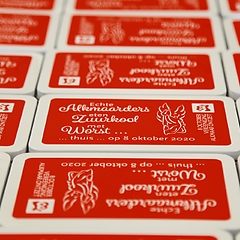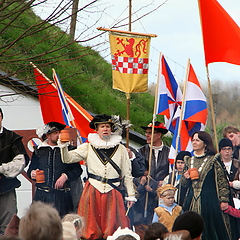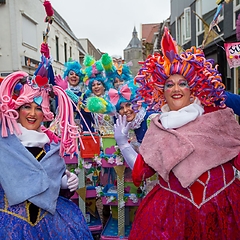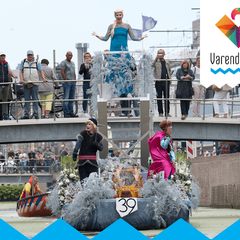Within the Demo scene, a demo (short for demonstration) is a computer programme that displays visual effects and music. The computer calculates all of the effects 'live' and thus it cannot be compared to playing a video file. The challenge for a demo can be artificially imposed by making the demo with, for example, a limited amount of software or on specific (old) hardware.
A demo can be made by one person or a demo group. A demo group is a group of people, each with their own specialisation, such as graphic design, music and/or programming. These individuals or groups almost always use a nickname. The practitioner who is actively involved in making demos or such is called a 'scener'. The motivation for making a demo is rooted in their own intrinsic interest and technical challenge, e.g. seeing if something works, learning how to programme specific old hardware or the limited amount of instructions or memory of a computer.
Sceners like to show their created demos to each other, which is generally done at a demo party, a physical gathering that usually takes place during a weekend. To participate, a demo must not have been distributed or shown before, and the demo must fall into one of the categories offered by the demo party organisers. After all submitted demos have been presented on a big screen, visitors award points to all demos. After some time, the organisers will conclude this voting process after which the final results will be announced.
Anyone can submit a demo to participate in a demo party; there are no minimum experience or other requirements. Here, participating is more important than winning. All results of a demo party are collected in a text file and published under the name 'results.txt'.



